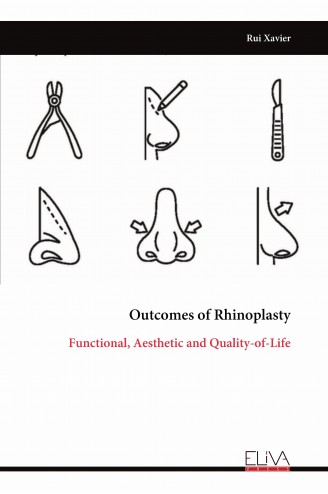Descripción
The nose is crucial for anyone’s identity and rhinoplasty should be able to provide an aesthetic improvement while respecting the ethnic as well as the individual unique features of the nose. Rhinoplasty requires a well-balanced mixture of a thorough understanding of nasal anatomy, of nasal analysis skills and of meticulous knowledge of the available surgical techniques. Besides, it also requires an accurate aesthetic sense from the surgeon. Rhinoplasty is truly unique in providing an aesthetic modification of the nose as well as a functional modification of the nasal airway. It is imperative that surgeons are familiar to which dimensions of the nasal airway impair nasal airflow more significantly and which dimensions better correlate with nasal airway obstruction symptoms. It is also relevant that the functional effect of surgical techniques commonly used in rhinoplasty is known, so that the surgeon can sharpen surgical planification, particularly when a functional improvement is required. Even though an improvement of nasal airflow may emerge from surgery, that does not always mean that the patient will experience an improvement in nasal breathing sensation, as subjective perception of nasal breathing does not always correlate with the degree of nasal airflow. Therefore, it is important to know which factors may influence the correlation between objective evaluation of nasal airflow and subjective appreciation of nasal breathing. Functional and aesthetic modifications of the nose may also have impact in the somatic, psychological and social balance of the patient that, altogether, define the overall health-status of the patient. Therefore, it is crucial that modifications of generic health-related quality-of-life provoked by rhinoplasty – if any – are known. This knowledge will be crucial for the surgeon to be able to properly inform patients and to transmit a body of information as complete as possible that will be helpful to the decision-process of undergoing rhinoplasty.

